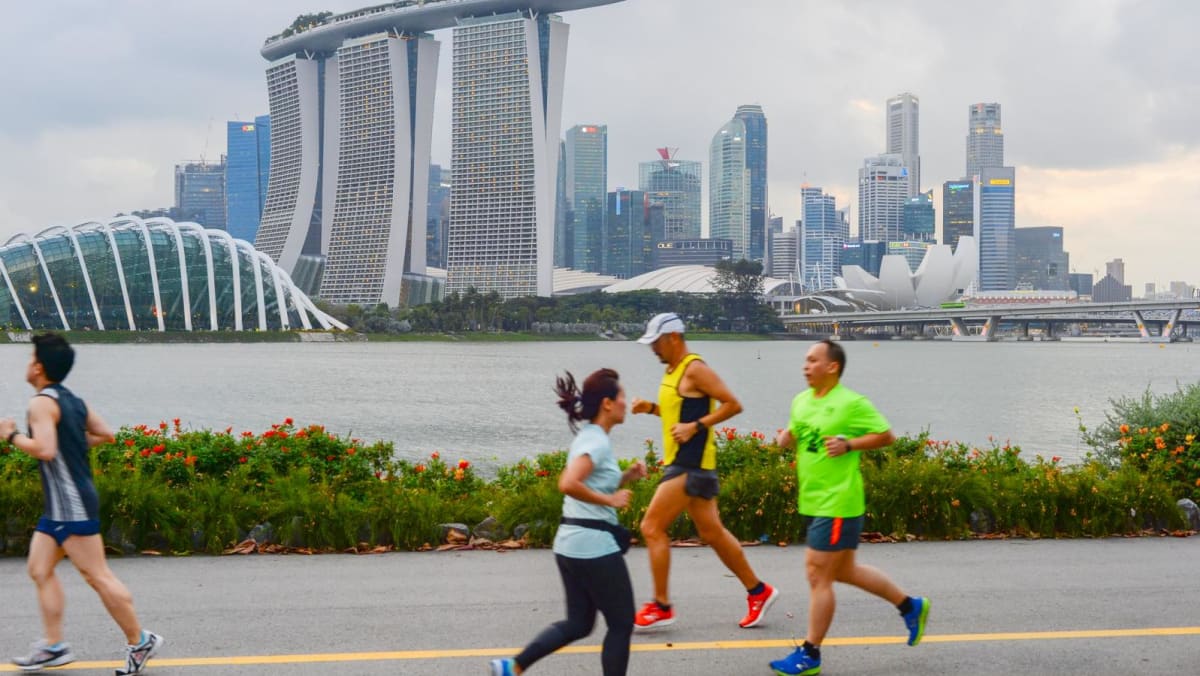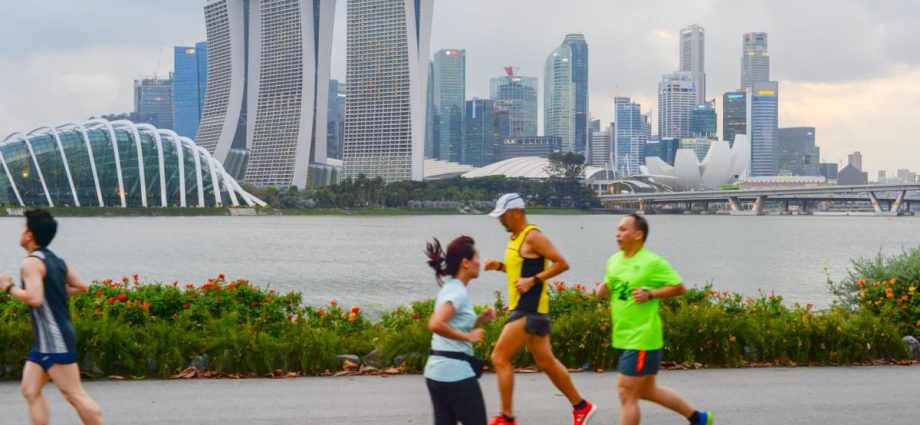
The three levels correlate to the risk of experiencing heat-related illnesses during prolonged outdoor activities such as heat cramp, exhaustion and stroke.
These levels do not apply to short-term outdoor movements, such as travelling to work or school, where there is lesser exposure to heat.
“While the advisory provides general guidance, members of the public should also take into consideration individual circumstances, such as health, age, duration, and intensity of intended outdoor activities,” said MSE and NEA.
Groups that are more vulnerable to heat stress, including the elderly, children and infants, and pregnant women, are advised to exercise greater caution.
Those who are required to participate in prolonged outdoor activities at work or in school should refer to their respective sector’s guidelines, the agencies added.
For example, companies and workers should refer to guidelines from the Ministry of Manpower, students should follow their school’s guidelines, and Singapore Armed Forces, Home Team personnel and national servicemen should refer to their sector-specific guidelines.
Singapore matched a 40-year temperature record in May when the daily maximum temperature hit 37 degrees Celsius in Ang Mo Kio.
The last 10 years, from 2013 to 2022, also represented Singapore’s warmest decade on record.
Several schools have also eased their rules on uniforms, such as allowing students to wear physical education attire instead of full uniforms and letting them leave their polo shirts untucked.

